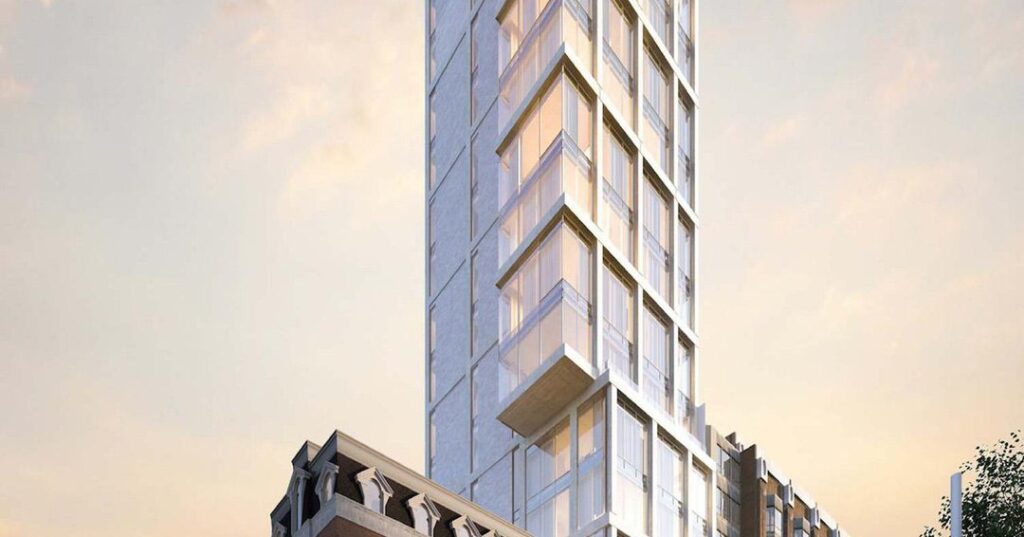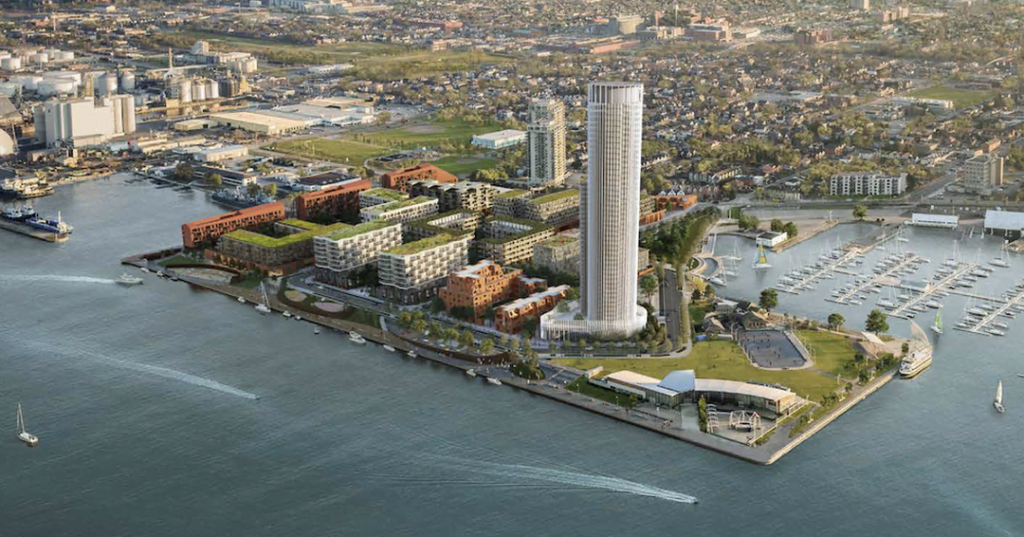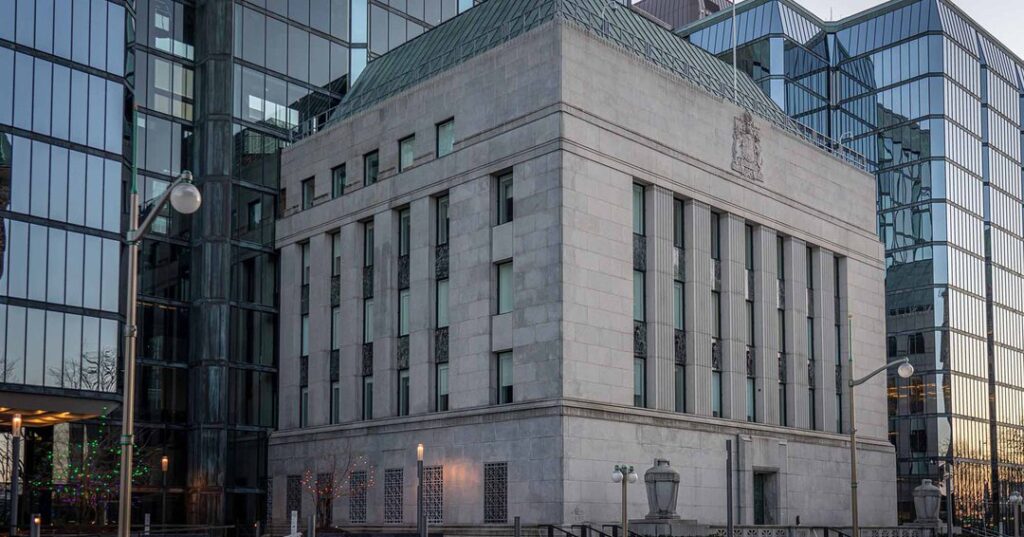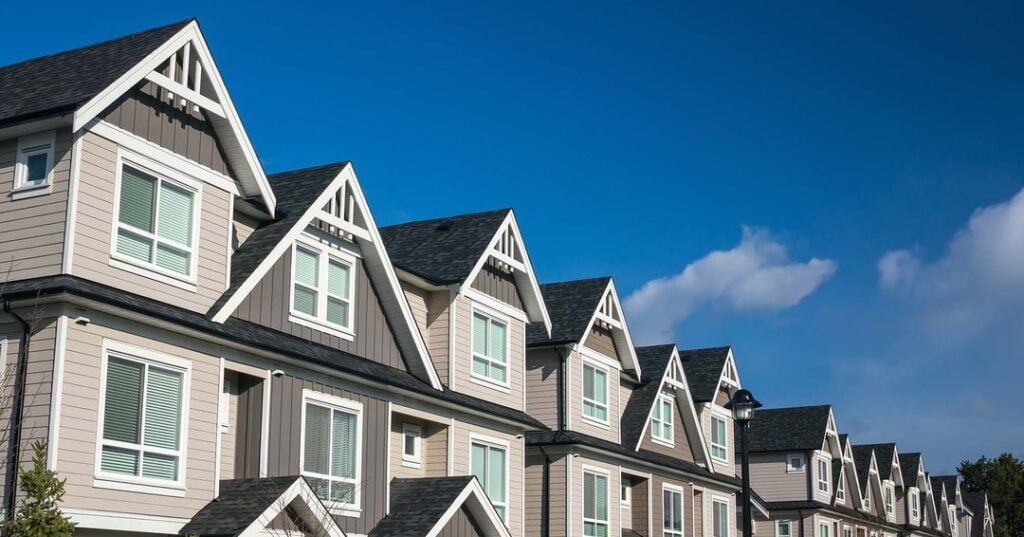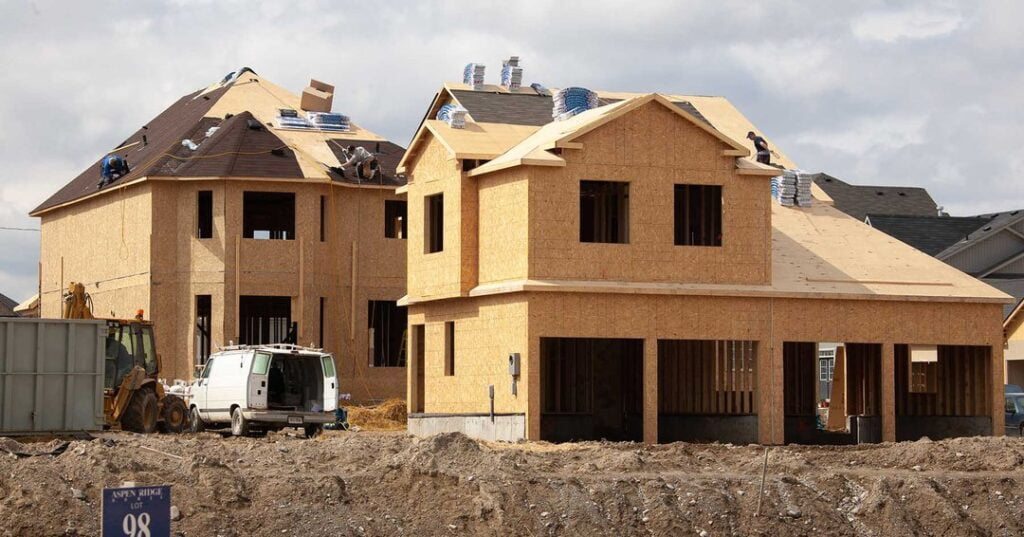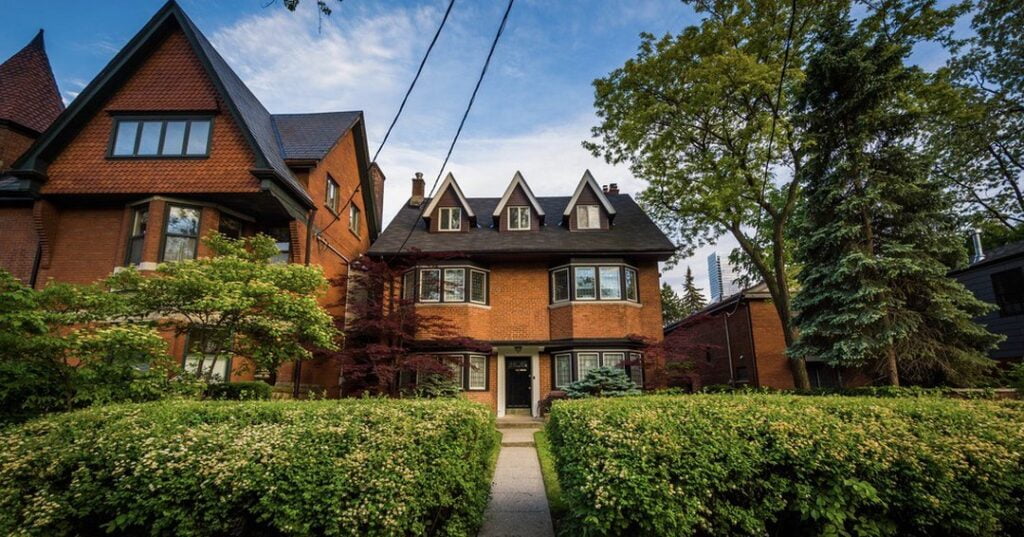A Proposal to Construct Three Towers Across from the Pioneer Village
A Proposal to Construct Three Towers Across from the Pioneer Village A plan has been proposed by N.H.D. Developments Ltd. to increase the number of people living in an apartment complex that is designed in the Tower-in-the-Park style and is located on the southwest corner of Steeles Avenue West and Jane Street in the Black Creek neighbourhood of Toronto. If the proposed By-law Amendment and Property Plan Approval authorize the building of three towers at 4001 Steeles Avenue West ranging in height from 35 to 45 storeys, the site will be able to accommodate 1,621 additional condominiums residences after the project is finished. N.H.D. Developments Inc. commissioned the architectural firm of Graziani + Corazza to design the structure that would be located in the city of Toronto at 4001 Steeles Avenue West. The following streets and avenues surround the land on all sides: Steeles Avenue to the north, Jane Street to the east, Hullmar Drive to the south, and another townhome site to the west. It is currently occupied by a commercial plaza that is just one storey tall and has surface parking, as well as a pair of Y-shaped rental apartment buildings that are either 14 or 17 floors tall. In a span of twelve minutes, it is possible to walk to both the Pioneer Village Station and the Highway 407 Station, which allow access to the Yonge-University subway line. These stations are located to the east and north of the starting point, respectively (Line 1). The parcel of land at issue may be found in what was then the city of North York; more specifically, it can be found on the northern limit of the Black Creek neighbourhood. You can discover the border that divides the City of Toronto and the City of Vaughan on the side of the road which is on the opposite side of the road, which is the north side of Steeles. The majority of the neighbourhood is composed of residential structures that are either low-rise or high-rise in height. The majority of the area’s employment lands are located to the west along Highway 400 and in Vaughan, which is located on the other side of Steeles. The high-rises are located not just along key arterial roads but also on the outskirts of natural areas of the city. Jane Street must be through in order to gain access to the Black Creek Pioneer Village from the east, and Steels Street must be traversed in order to gain access from the north. The Black Creek Community Farm can be found to the southeast of the project and is adjacent to Jane Street on one side. This farm features greenhouses, surrounding active agriculture, and pedestrian pathways. The proposed complex would be made up of buildings that would take the form of a pedestal and a tower respectively. Because of this, the GFA would end up being 109,193 m2, and the density would be 2.64 FSI. Building A may be found at the northernmost tip of the property and looks out over Steeles. A podium that is eight storeys tall and two towers that are each 45 storeys tall and are separated by 30 metres make up this structure, which faces east to west and is oriented in that direction. A floor plate that is 800 square metres in size can be found in each skyscraper. The seventh floor features a step-back that is 1.5 metres tall, which creates a street wall that is 6 storeys tall. This wall along the street is designed to complement the structure that is situated directly across the street and to the north. The six-storey street wall that wraps around the podium elevation to the east provides a frame for the outdoor amenity area that has been provided in the site’s most northeastern corner. Building B, which can be found on the east side of the land, is laid out in a direction that runs from north to south. It reaches a height of 35 storeys and offers a podium and streetwall height that is comparable to that of Building A. This building also has a similar footprint. In addition, the floorplate of the tower is 800 square metres, and it is separated from Tower A2 by a distance of 30 metres and from the apartment building that is already there to the southwest by a distance of 28 metres. Building B is a transitional structure that decreases in height as it moves from one side of the site to the other. Moreover, it also approaches the Y-shaped buildings that are located at 5000 Jane Street and 4001 Steeles Avenue West. A small residential lobby can be found on the ground floor of the base buildings, in addition to the interior amenity rooms that can be found running along the main frontages of the buildings. The beginning of the residential units can be found on the second floor, and each floor that comes after that is quite similar to each other. The entirety of the residential units contained within Buildings A and B brings the total number of homes that can be found there to 1,621. The overall proposed unit mix is comprised of 4 studios, which together account for 0% of the total, 1,079 one-bedroom units, 396 two-bedroom units, and 142 three-bedroom units, which together account for 90% of the total. There will also be 4 townhouses, which will account for 10% of the total. The total amount of amenity space that would be offered to residents would be 6,524 square metres, and this space would be distributed across indoor and outdoor places in an equal manner. A new road would run in a northwest-to-southeast direction through the middle of the property in question, in between the planned structures and the existing buildings. It would connect to the existing surface parking spaces, as well as lead to and from the driveway entrances on Hullmar Drive. This driveway is intended to accommodate passenger pick-up and drop-off, in addition to providing
A Proposal to Construct Three Towers Across from the Pioneer Village Read More »


